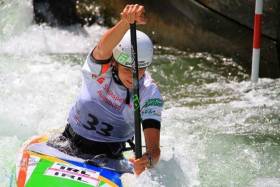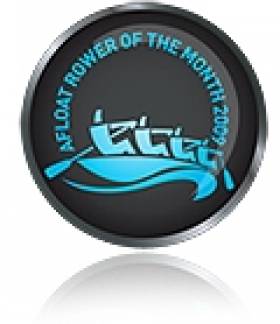Displaying items by tag: World Champioships
Superb Performance Puts Jegou Into Canoe Slalom World Finals
#Canoeing: Liam Jegou qualified for the final at the canoe slalom World Championships in Krakow this morning. Going off last of the 20 qualifiers for the semi-final, with a high standard already set, Jegou knew he had to produce a good performance. He put in a superb fault-free run to finish second. His time of 90.48 seconds was just .27 off the top time.
Canoe Slalom World Championships, Under-23 and Junior, Krakow, Poland (Irish interest)
Men
Under-23 C1 Semi-Finals (10 qualify): 2 L Jegou 90.48 seconds.
Afloat Rower of the Month is World Rowing Finalist Sanita Puspure
#ROWING: The Afloat Rower of the Month for August is Sanita Puspure. The Old Collegians oarswoman took fourth place at the World Rowing Championships in Amsterdam in the single sculls, just outside the medals in this elite discipline. She had won her heat, placed second in the quarter-final and third in a semi-final where conditions were very difficult.
The performance topped off an outstanding season for this gritty competitor. She started her run with silver medals on both days of the Memorial Paolo d’Aloja regatta in Italy in April. She took a bronze medal at the European Championships – a breakthrough for an Ireland heavyweight woman – and then made the A Final at the World Cup regatta in Aiguebelette, and won the B Final at Lucerne.
Rower of the Month awards: The judging panel is made up of Liam Gorman, rowing correspondent of The Irish Times and David O'Brien, Editor of Afloat magazine. Monthly awards for achievements during the year will appear on afloat.ie and the overall national award will be presented to the person or crew who, in the judges' opinion, achieved the most notable results in, or made the most significant contribution to rowing during 2014. Keep a monthly eye on progress and watch our 2014 champions list grow.
























